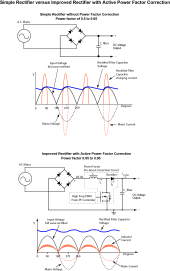Big factor on required generator size is power factor of charger. Cheaper chargers have power factor of 0.60-0.65 due to simple rectifier-filter for AC input to DC conversion. They draw their power in short high current peaks of sinewave. Power factor corrected charger has PF greater than 0.90 and draws current in a near sinewave shape across whole AC cycle.
Generators, inverters, and transformers are really rated for VA, not watts. Power factor is watts/VA.
Say your battery charging is consuming 2000 watts of DC power and charger has 85% conversion efficiency.
A charger with 0.65 power factor requires a generator of 2000watts/ 0.85 efficiency / 0.65 power factor = 3620 VA generator.
A charger with 0.90 power factor requires a generator of 2000watts/ 0.85 efficiency / 0.90 power factor = 2614 VA generator.
Power factor corrected chargers are a bit more expensive. If charger does not specify its power factor then it likely does not have power factor correction.
Most hybrid inverter/chargers have a good AC charging power factor.
View attachment 128004



